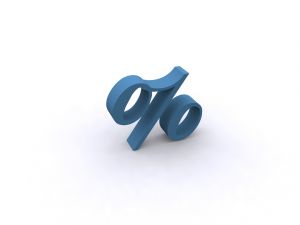
The outlook for investment returns is relatively bleak risk-free real returns are likely to average just 1% annually in the years ahead, according to a new report from the C.D. Howe Institute published on Wednesday.
The aging of the Canadian population is expected to drive the growth rate for real income per capita to between 0.75% and 1.35% on average annually over the next couple of decades, the report from the Toronto-based think tank suggests.
The lower end of that range represents the floor for risk-free returns, the report says, implying a real return expectation of just 1% on risk-free investments, such as Treasury bills.
The 1% real rate translates to a 3% nominal return, assuming that the Bank of Canada maintains its 2% inflation target; implying that the yield on 3-month T-bills should return to 3%. “Today, pension managers would be thrilled with such a return on highly liquid, sovereign-grade assets, and it may seem odd discussing such a high rate at the moment. Nevertheless, long-term investors, like pension funds, have a multi-decade investment horizon, and the analysis tells us they need to be braced for lower returns than in the past,” says one of the report’s co-authors, Craig Alexander, vice president, economic analysis, at C.D. Howe, in a statement.
Indeed, between 2008 and 2014, the average yield of three-month T-Bills has been below the rate of inflation, the report notes. This, in turn, has sparked a debate about whether this situation is a temporary condition, or whether something has fundamentally changed.
There is good reason to believe that economic growth theory is still relevant, and that this condition is temporary, the report says. “And, while the real risk-free rate will remain below real per capita output growth in the medium term, economic theory suggests that eventually the tide will turn,” it says. Yet, when it does, risk-free rates will remain below their historical levels, amid lower economic growth rates, it notes.
“Overall, the difference between the projected portfolio returns and the risk-free rate provides insight into how much risk a pension fund is taking to achieve its goals,” the report says. So, if nominal risk-free rates are to average 3%, “a portfolio manager counting on a 7% annual return to meet future obligations will not be successful by investing solely in risk-free assets. Hence, an assessment of the risk-free rate can help pension managers, trustees and policymakers understand one dimension of the risk profile of a portfolio,” the report concludes.